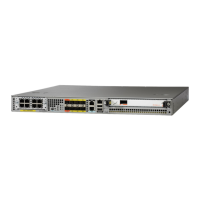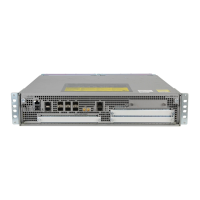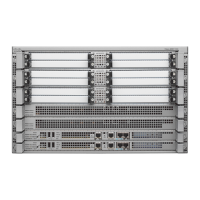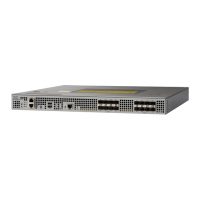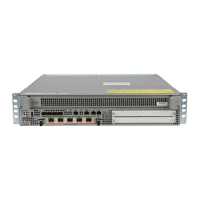•
Instances when the content engine is overloaded and has no room to service the packets
•
Instances when the content engine is filtering for certain conditions that make caching packets
counterproductive (for example, when IP authentication has been turned on)
WCCPv2 Load Distribution
WCCPv2 can be used to adjust the load being offered to individual content engines to provide an effective
use of the available resources while helping to ensure high quality of service (QoS) to the clients. WCCPv2
allows the designated content engine to adjust the load on a particular content engine and balance the load
across the content engines in a cluster. WCCPv2 uses three techniques to perform load distribution:
• Hot spot handling—Allows an individual hash bucket to be distributed across all the content engines.
Prior to WCCPv2, information from one hash bucket could go to only one content engine.
• Load balancing—Allows the set of hash buckets assigned to a content engine to be adjusted so that the
load can be shifted from an overwhelmed content engine to other members that have available capacity.
• Load shedding—Enables the router to selectively redirect the load to avoid exceeding the capacity of a
content engine.
The use of these hashing parameters prevents one content engine from being overloaded and reduces the
potential for bottlenecking.
WCCP VRF Support
The WCCP VRF Support feature enhances the WCCPv2 protocol by implementing support for virtual routing
and forwarding (VRF).
The WCCP VRF Support feature allows service groups to be configured on a per-VRF basis in addition to
those defined globally.
Along with the service identifier, the VRF of WCCP protocol packets arriving at the router is used to associate
cache-engines with a configured service group.
The same VRF must have the interface on which redirection is applied, the interface which is connected to
cache engine, and the interface on which the packet would have left if it had not been redirected.
WCCP VRF Tunnel Interfaces
In releases that support the WCCP VRF Support feature, the use of GRE redirection results in the creation
of new tunnel interfaces. You can display these tunnel interfaces by entering the show ip interface brief |
include tunnel command:
Device# show ip interface brief | include tunnel
Tunnel0 172.16.0.1 YES unset up up
Tunnel1 172.16.0.1 YES unset up up
Tunnel2 172.16.0.1 YES unset up up
Tunnel3 172.16.0.1 YES unset up up
Device#
The tunnel interfaces are automatically created in order to process outgoing GRE-encapsulated traffic for
WCCP. The tunnel interfaces appear when a content engine connects and requests GRE redirection. The
IP Application Services Configuration Guide, Cisco IOS XE Release 3S (Cisco ASR 1000)
58
Configuring WCCP
WCCPv2 Load Distribution

